Ulrich Reimer, Dimitris Karagiannis9783540499985, 3540499989
Table of contents :
front-matter.pdf……Page 1
Introduction……Page 10
Recommender Systems: The State of Art……Page 11
SemanticLIFE……Page 12
SemanticLIFE’s Plugins……Page 13
SemanticLIFE Business Process Integration……Page 15
The Tourism Scenario as Proof of Concept……Page 16
Frequency Ranking……Page 18
Combined Ranking……Page 19
References……Page 20
Introduction……Page 22
Activation of Knowledge in an Integrated KMS/BPS……Page 23
State Oriented View on Business Processes……Page 25
Classification of Rules of Planning……Page 26
Examples……Page 27
Implementation in ProBis……Page 30
Related Research……Page 31
Conclusion……Page 32
References……Page 33
Introduction……Page 34
Innovation Management……Page 35
Knowledge Management and Innovation Networks……Page 36
Research Context: The Case……Page 38
Theoretical Considerations……Page 39
Innovation Audit……Page 40
Implications for Knowledge Management Practice……Page 42
Conclusions……Page 43
References……Page 44
Introduction……Page 46
Security Ontology……Page 47
Ontology Maintenance……Page 50
Querying the Ontology……Page 52
The Disaster……Page 53
The Simulation……Page 54
Conclusion……Page 56
Introduction……Page 58
Knowledge Work Productivity……Page 59
Theoretical Basis……Page 60
Knowledge Intensity……Page 61
A New Method to Identify Potential for Higher Knowledge Work Productivity……Page 62
Execution of the Potential Analysis……Page 64
Potential Two: Organizational Learning……Page 66
Conclusions and Further Research……Page 67
References……Page 68
Introduction……Page 70
Design Rationale……Page 71
The TABA Workstation……Page 73
Technical Solution Supporting Through Design Rationale……Page 74
The Alternative Selection Process……Page 75
TechSolution: Supporting the Technical Solution Process Through DR……Page 77
Conclusions……Page 79
References……Page 80
Introduction……Page 82
Approach Formulation……Page 83
Intranet and Data……Page 84
Extraction of Knowledge Worker Browsing Features……Page 85
Analysis of Knowledge Worker Browsing Behavior……Page 89
Conclusions and Future Work……Page 93
Introduction……Page 95
Knowledge Structures for Manufacturing Knowledge……Page 96
Project Collaboration at PLM Environment……Page 98
Case Study……Page 100
Product Design Analysis (#1 from Fig. 4)……Page 102
Discussion, Conclusions and Further Research……Page 103
References……Page 104
Introduction……Page 106
Conceptual Foundations……Page 107
Research Methodology……Page 108
Data Collection……Page 109
Case Discussion……Page 110
Conclusions and Implications for Further Research……Page 111
References……Page 112
Introduction……Page 115
Customer Call Management Process……Page 116
Domain Architecture and Involved Knowledge Persons……Page 117
Knowledge Desk……Page 118
Knowledge Desk Architecture and Implementation……Page 119
Support Feedback Process……Page 121
QPM Metric for the Support Feedback Process……Page 124
References……Page 126
Introduction……Page 128
DKOMP Architecture……Page 129
Platform Selection and Enhancements……Page 132
Deployment Architecture……Page 133
Related Work……Page 136
Real-Life Application of DKOMP……Page 137
References……Page 138
Introduction……Page 140
Related Work……Page 141
Example……Page 143
Classification Using Cue Phrases……Page 144
Classification Using Support Vector Machines (SVM)……Page 146
Testing with a New Dataset……Page 148
Conclusions……Page 149
References……Page 150
Introduction……Page 152
Methodology……Page 153
Tourist Board Web Pages……Page 155
Evaluation Framework……Page 157
Experimental Results……Page 158
Related Work……Page 161
References……Page 162
Introduction……Page 164
Related Work……Page 165
Extended Ontological Model……Page 166
Case Study: SCORM’s Course……Page 169
Summary……Page 172
References……Page 173
Introduction……Page 175
The K-Link+ Semantic Support……Page 177
The K-Link+ Approach to Virtual Office……Page 179
K-Link+ JXTA Implementation……Page 180
Knocking on the K-Link+ Virtual Office Door……Page 184
Related Work……Page 185
References……Page 186
Introduction……Page 187
Overview of This Work……Page 188
Term Definitions……Page 189
Mining Task-Stage Knowledge: A Modified Hierarchical Clustering Technique……Page 190
Experiments……Page 193
Experiment I: Effect on Time Window Size……Page 194
Experiment II: Effect on Task-Stage Knowledge Support……Page 195
Conclusion and Future Works……Page 196
References……Page 197
Introduction……Page 198
A Process Model for Identifying Knowledge-Related Structures……Page 199
Fuzzy Logic……Page 201
Analysis of the Knowledge-Intensive Process of Offer Engineering in Automotive Supplier Industry……Page 202
The Data Model and Knowledge-Related Structures……Page 203
A Solution Approach Using Search Techniques to Support Knowledge Reuse……Page 205
Analysis of Geometrical Data……Page 206
Conclusion and Future Work……Page 207
References……Page 208
Introduction……Page 210
Ontologies in Information Systems……Page 212
Ontology Switching……Page 213
Knowledge Engineering for Ontology Switching……Page 214
Static and Dynamic MyShelf Prototypes……Page 215
Semantic Web Prototype of MyShelf……Page 216
Search Tasks……Page 217
Interpretation……Page 218
References……Page 220
Introduction……Page 222
Intellectual Capital Reporting Step Model……Page 223
Intellectual Capital Reporting Meta-Models……Page 224
Conclusion and Outlook……Page 231
Introduction……Page 233
Knowledge Management Technologies……Page 234
Organizational Culture……Page 235
Research Questions and Hypotheses……Page 236
Survey Instruments……Page 237
Sample……Page 238
Data Analysis……Page 239
Analysis of Hypotheses……Page 240
Conclusions and Recommendations……Page 241
References……Page 242
Problem Description……Page 243
Objective……Page 244
Procedure of the Knowledge Transfer……Page 245
Role- / Task-Arrangement……Page 246
My Experience. My Knowledge……Page 247
Year of Knowledge Transfer……Page 248
Value Network……Page 249
Outlook……Page 250
References……Page 251
Introduction……Page 252
Knowledge Management……Page 253
Organizational Patterns……Page 254
Anti-patterns……Page 255
Patterns for KM Adoption……Page 256
Anti-patterns for KM Adoption……Page 258
Discussion and Conclusions……Page 259
References……Page 260
Introduction……Page 262
Intellectual Capital Measurement Models……Page 263
Knowledge Management Systems……Page 264
KMS and IC Measurement in Portuguese Organizations……Page 265
A Model for Linking KMS and IC Measurement……Page 267
The IC Measurement Model Component……Page 268
The IC Measurement System Component……Page 269
Measures Provided by KMS to Quantify IC Metrics……Page 270
Method……Page 271
Results Discussion……Page 272
Conclusion……Page 273
References……Page 274
Introduction……Page 276
Top-Down and Bottom-Up Approaches……Page 279
The DYONIPOS Project……Page 280
Semantic Pyramid……Page 281
Event Blocks……Page 282
Tasks……Page 283
Visualization……Page 284
Optimization……Page 285
Concluding Remarks……Page 286
Introduction……Page 288
Semantic Desktop “Gnowsis” Enabling KCF……Page 289
Increasing Search Quality with the Personal Information Model (PIM)……Page 291
Information Retrieval Analysis Methods to Test Semantic Desktop……Page 293
Influence of the PIM on Search Quality……Page 294
References……Page 298
Introduction……Page 300
Structure of Task-Decomposition Part……Page 301
Structure of Semi-automated Service Composition Part……Page 303
Service Selection with Quality Evaluation Criteria……Page 305
Overview……Page 307
Experimental Results……Page 308
Discussion……Page 309
Conclusions……Page 310
References……Page 311
Introduction……Page 312
The Palette Approach……Page 313
Presentation of the Palette Community and Actor Model……Page 314
Presentation of the Palette Learner Profile Model……Page 315
The Competency Model……Page 317
The Process/Activity Model……Page 318
Lessons Learnt Model……Page 319
Conclusions……Page 321
References……Page 322
Introduction……Page 324
Failure Factors……Page 325
Principles in Designing the KM Approach……Page 326
Designing a Usable KM System……Page 328
Use-Centered Design……Page 329
Evolutionary Growth: Findings from Reviewing the Paper Prototype with the CAMRA Community……Page 330
Concluding Remarks and Future Work……Page 332
References……Page 333
Introduction……Page 335
Scenario……Page 336
Knowledge Engineering……Page 338
Related Work……Page 339
Documents and Ontology……Page 340
Web Services……Page 342
Discussion……Page 343
Conclusions……Page 344
back-matter.pdf……Page 347
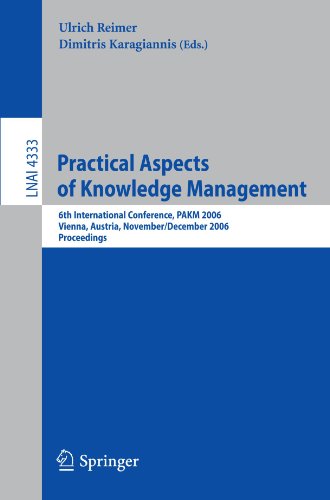

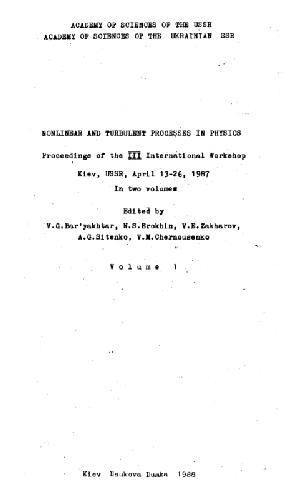
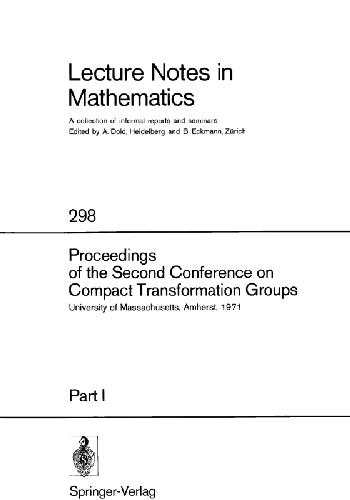
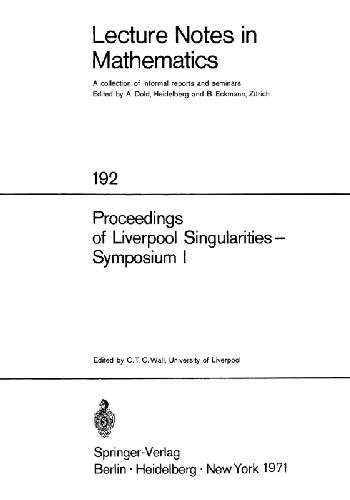

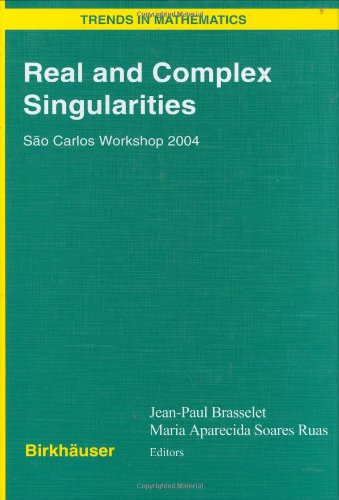
Reviews
There are no reviews yet.